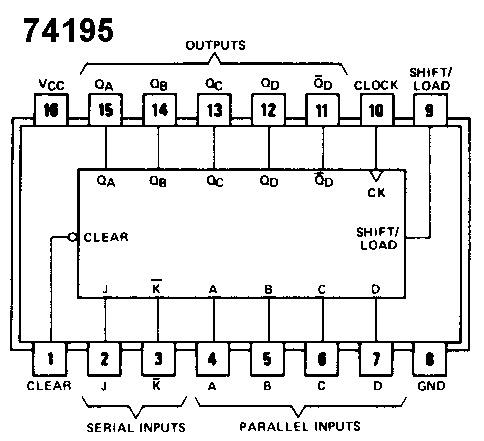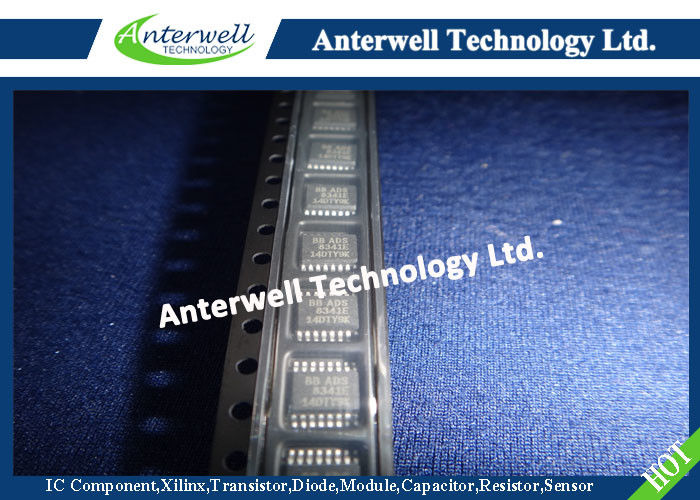

If a logic “1” is connected to the DATA input pin of FFA then on the first clock pulse the output of FFA and therefore the resulting Q A will be set HIGH to logic “1” with all the other outputs still remaining LOW at logic “0”. Lets assume that all the flip-flops ( FFA to FFD ) have just been RESET ( CLEAR input ) and that all the outputs Q A to Q D are at logic level “0” ie, no parallel data output. The effect of data movement from left to right through a shift register can be presented graphically as: Parallel-in to Parallel-out (PIPO) - the parallel data is loaded simultaneously into the register, and transferred together to their respective outputs by the same clock pulse.

Parallel-in to Serial-out (PISO) - the parallel data is loaded into the register simultaneously and is shifted out of the register serially one bit at a time under clock control.Serial-in to Serial-out (SISO) - the data is shifted serially “IN” and “OUT” of the register, one bit at a time in either a left or right direction under clock control.Serial-in to Parallel-out (SIPO) - the register is loaded with serial data, one bit at a time, with the stored data being available at the output in parallel form.Generally, shift registers operate in one of four different modes with the basic movement of data through a shift register being: Shift register IC’s are generally provided with a clear or reset connection so that they can be “SET” or “RESET” as required. The individual data latches that make up a single shift register are all driven by a common clock ( Clk ) signal making them synchronous devices. Shift Registers are used for data storage or for the movement of data and are therefore commonly used inside calculators or computers to store data such as two binary numbers before they are added together, or to convert the data from either a serial to parallel or parallel to serial format. The number of individual data latches required to make up a single Shift Register device is usually determined by the number of bits to be stored with the most common being 8-bits (one byte) wide constructed from eight individual data latches. The next stage then concatenates that single element with the list of X size coming in on the bus from the left.This sequential device loads the data present on its inputs and then moves or “shifts” it to its output once every clock cycle, hence the name Shift Register.Ī shift register basically consists of several single bit “D-Type Data Latches”, one for each data bit, either a logic “0” or a “1”, connected together in a serial type daisy-chain arrangement so that the output from one data latch becomes the input of the next latch and so on.ĭata bits may be fed in or out of a shift register serially, that is one after the other from either the left or the right direction, or all together at the same time in a parallel configuration. The nodes store an input byte in the state, converts it to a single element array in the state which holds a pointer to that byte, turns that into a single element list of a pointer to byte and emits that. There is a variadic parallel to serial input that takes in bytes and emits a custom “self” type which is the internal “List” type.


 0 kommentar(er)
0 kommentar(er)
